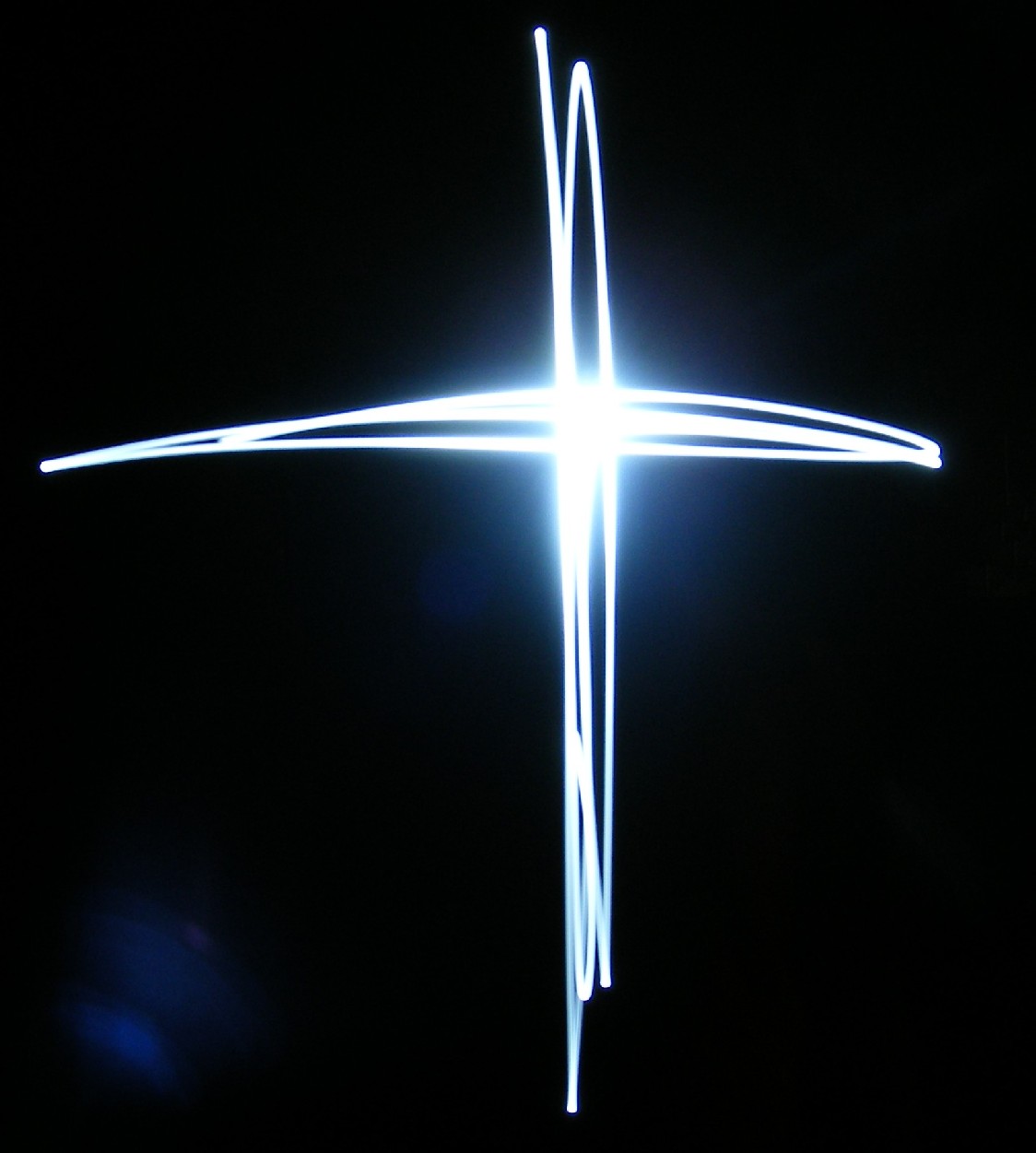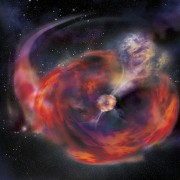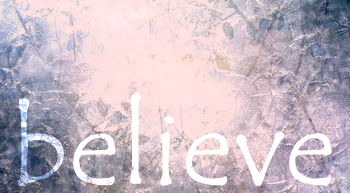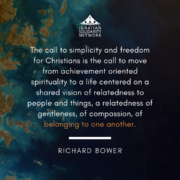The Story of My Faith
EDITOR’S NOTE: This post was originally posted on the Xaiver University’s Dorothy Day Center for Faith & Justice blog
 I’ll never forget the day. It was a blustery January afternoon in 2011. Maura and I punched the elevator button for the floor of her doctor’s office, and as the doors closed we smiled at each other with giddy excitement. Just a few weeks prior we had found out that we were pregnant and that day was our first scheduled ultrasound. Since kids had been in our dreams, our hopes, our plans, our expectations – the journey of the weeks before that elevator ride were downright joyous. As I sat in the darkened ultrasound room holding Maura’s hand, I didn’t know what to expect, but I know I didn’t expect what happened next. The first signal was the look on the nurse’s face. Her wrinkled brow represented the end of what we thought was a joyous journey and began another one filled with pain. There was no heartbeat. Something had gone wrong. They weren’t sure what. I could not believe it. Emptiness came immediately. Nothing they could do. Nothing we could do. We were powerless. Utterly, desperately powerless.
I’ll never forget the day. It was a blustery January afternoon in 2011. Maura and I punched the elevator button for the floor of her doctor’s office, and as the doors closed we smiled at each other with giddy excitement. Just a few weeks prior we had found out that we were pregnant and that day was our first scheduled ultrasound. Since kids had been in our dreams, our hopes, our plans, our expectations – the journey of the weeks before that elevator ride were downright joyous. As I sat in the darkened ultrasound room holding Maura’s hand, I didn’t know what to expect, but I know I didn’t expect what happened next. The first signal was the look on the nurse’s face. Her wrinkled brow represented the end of what we thought was a joyous journey and began another one filled with pain. There was no heartbeat. Something had gone wrong. They weren’t sure what. I could not believe it. Emptiness came immediately. Nothing they could do. Nothing we could do. We were powerless. Utterly, desperately powerless.
Religion, at its best, transforms people. I’ve been blessed to find mentors and prophets and friends in my life who have shown me how faith, coupled with the suffering in my life, can be transformative. In specific, I have come to know the Easter story not as just rhetoric for mysterious afterlife. I have come to know the Easter story as my own story. Jesus Christ on the cross, for me, is the story of human suffering, the story of my own suffering, my own experiences of powerlessness. The death of a close friend, the miscarriage of a first child, the ache of past mistakes made – these are just a few of the moments of my own life in which the cross was real. I couldn’t fix it, I couldn’t run from it, I couldn’t make it nice and neat and tidy. In these moments, all I could do was hurt. In the months after our miscarriage, the powerlessness continued, but so did something else – just like the Easter story.
I am amazed at how that experience of miscarriage opened up new and old relationships for us. The story is so familiar for so many people – couples who are unable to get pregnant, couples who have had multiple miscarriages (sometimes early in their terms, other times tragically late). All of it though points to a human condition much more universal than simply the frustrations and sadness of hopeful parents. I was reminded in those months of the way in which none of us are in total control of our lives. But I was also reminded, especially by the story of my faith, that it is precisely in that very powerlessness that we can be transformed. The active suffering of the cross can yield to the silence of the tomb. If we allow it, the silence of the tomb can change our hearts, and from the tomb, we can rise in new life. This can happen if we can dare to hold the pain, rather than running from it or repressing it, or resisting it. The Resurrection can be more than mystery. The Resurrection can call forth our own little resurrections. I have seen resurrection in the way that couples have found new life as parents through adoption, giving them a way to share their love in a radical way they initially thought impossible. I have seen resurrection in a student who allowed the death of a family member to lead her to new life in which each day is cherished. I have seen resurrection in the way a friend overcame the powerlessness of depression to know hope again. And I have seen resurrection in our own story as little Andrew, born a little over a year after our miscarriage, now walks from room to room at our house with a toothy grin and a beating heart full of love.
Just as God invites us to experience little resurrections in our own lives, I hope during this Easter season that we can see how we are called to participate in the collective resurrections of our day. For this really is the story of social movements, is it not? Social movements start with a collective suffering, a collective powerlessness. In the middle is transformation, the experience of finding wisdom, of finding voice, and of finding a radically altered concept of what “power” means. And what unfolds is counter-cultural. What unfolds is a social justice that mirrors God’s mercy. But like the reign of God, we are not fully there yet.
This Easter season, let us see the invitations for resurrection in our own personal lives. Let us live our faith in such a way that our children and the generations behind us understand that, without a doubt, new life is always possible, even amidst their darkest hours. Let us cultivate communities that are attuned to the injustices done unto our neighbors each day. Let us keep telling the Easter story. In the silence of the tomb, let us imagine a different world, one in which creative paths to economic justice, gender equality, racial justice, environmental sustainability, and immigration reform are not just possible but made real. This Easter season, let us rise from the tombs of personal paralysis and cultural status quo. This Easter season, let us not restrict the life and death of Jesus to Sunday sermons, but let us live it in radical ways so as to bring light and love to the darkest places of our lives.
Greg Carpinello is the executive director for the Jesuit Volunteer Corps Northwest, a role he assumed in December of 2019. Greg has been studying at or working for Jesuit institutions and organizations for over 20 years. Originally from Cincinnati, he and his family now live in Portland, Oregon.












Leave a Reply
Want to join the discussion?Feel free to contribute!